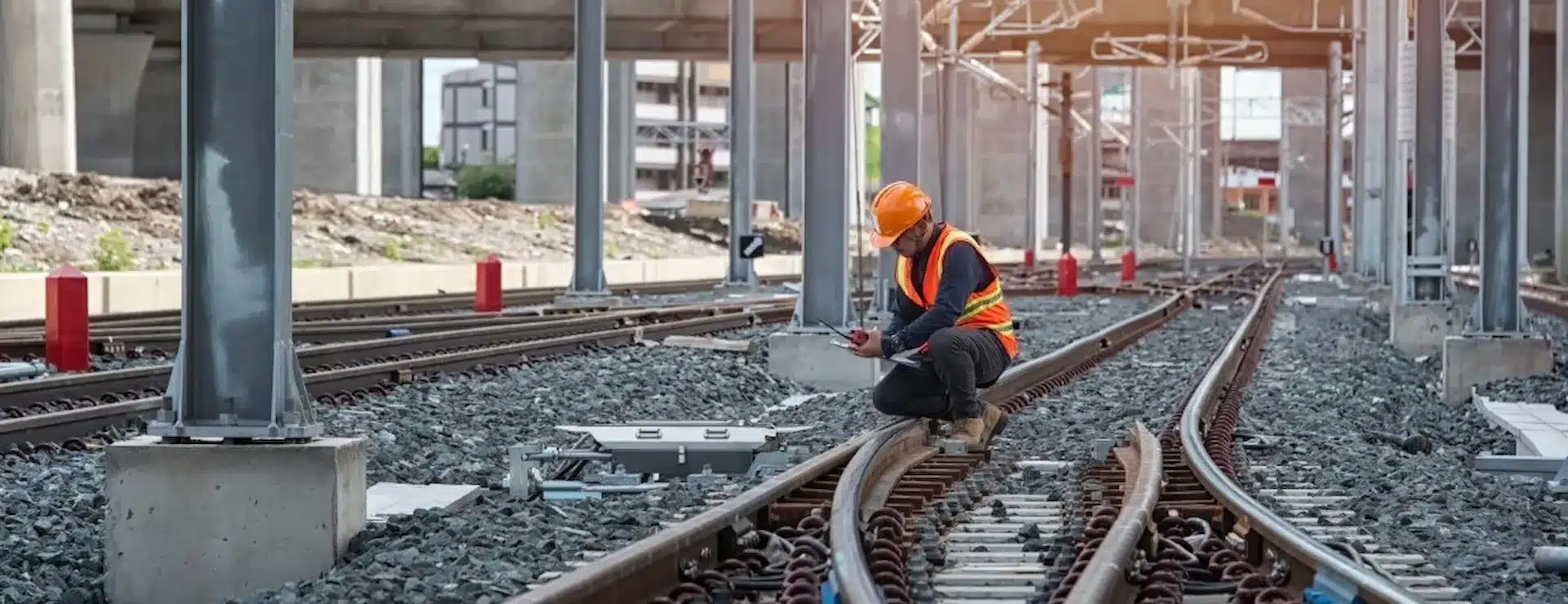DNV launches guide to implementing ERA rail safety and risk management recommendations
Advancing Rail Safety in Europe: How DNV Helps Integrate New ERA Guidelines

DNV, a global expert in risk management, has released a detailed report to help rail operators across Europe follow new safety guidelines from the European Union Agency for Railways (ERA). These new rules are designed to improve how rail safety is managed and reported, aiming for fewer accidents and a higher standard of safety in rail systems.
The ERA has introduced structured guidance through its Common Safety Methods (CSMs). These methods explain how rail operators should evaluate risks, manage safety, and ensure their systems meet the necessary safety standards. DNV’s report, Advancing Rail Safety: Integrating ERA’s Common Safety Methods, provides practical advice for applying these guidelines in everyday rail operations.
What Are the New ERA Guidelines?
The new ERA guidelines focus on creating a better and more organized way to manage risks in railways. This includes making sure operators have strong safety management systems in place. These systems should not only identify risks but also work actively to reduce them. Rail operators will now have to follow strict rules on how they report safety measures and improvements. This is to ensure they are keeping up with the growing demand for safe, fast, and efficient rail services across Europe.
In the past, rail safety monitoring was often slow and static, with data collected from different operators in a decentralized way. Now, the new system requires operators to be more proactive. They need to monitor and report their safety performance in real-time, making sure any issues are addressed immediately. This is especially important since railways in the EU experienced around 3,000 serious accidents, including fatalities, in 2022.
How Does DNV’s Report Help?
DNV’s report breaks down the ERA guidelines into seven key components of a strong safety management system. It shows operators how they can build a solid framework for assessing and improving safety within their networks. By following this framework, rail companies can ensure they are complying with ERA’s rules and improving their safety performance.
The report also highlights the role of digital tools in rail safety. For example, DNV’s Synergi Life software helps rail professionals manage risks and safety procedures efficiently. This software, combined with DNV’s expert advice, supports rail operators in meeting the new safety requirements, helping them streamline processes and foster a proactive safety culture.
Automation: The Key to a Cleaner, More Sustainable Shipping Industry
The Importance of Rail Safety in Europe
Rail transport is a key part of Europe’s public transport system and an important element in reducing carbon emissions. As rail systems grow and more people rely on them, it is vital to keep them safe. ERA’s new guidelines are designed to meet this challenge by making sure rail networks across Europe continue to improve their safety standards.
Geir Fuglerud, CEO of Supply Chain & Product Assurance at DNV, emphasized the importance of dynamic safety reporting. He said, “Historically, the railway industry used a static approach to railway safety, where ERA collected data from various stakeholders to understand overall safety. Now, operators must report their safety efforts more systematically and in real time. Failure to comply could result in serious consequences for operators.”
Jorge Aldegunde, Global Technical Manager at DNV, added, “Efficient, safe rail networks are critical to Europe’s vision of a connected, low-carbon future. By incorporating the ERA guidelines, rail systems can ensure robust risk management and safety performance.”
DNV at InnoTrans 2024
DNV will present its report and discuss the future of rail safety at InnoTrans 2024, which takes place in Berlin, Germany, from 24 to 27 September. At this event, industry leaders will explore how to continue improving safety and efficiency in rail transport, ensuring a safer and more sustainable future for Europe’s rail systems.
